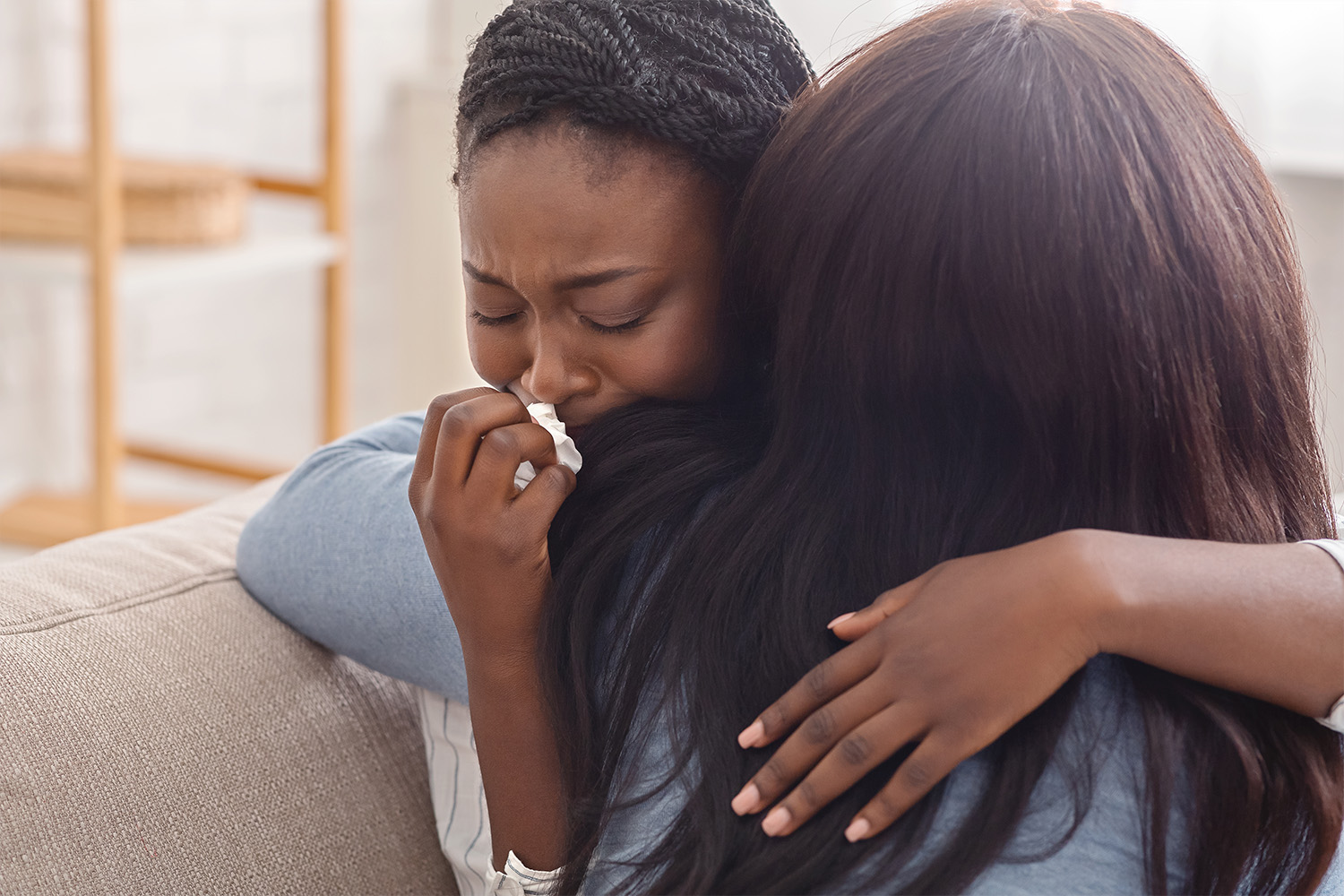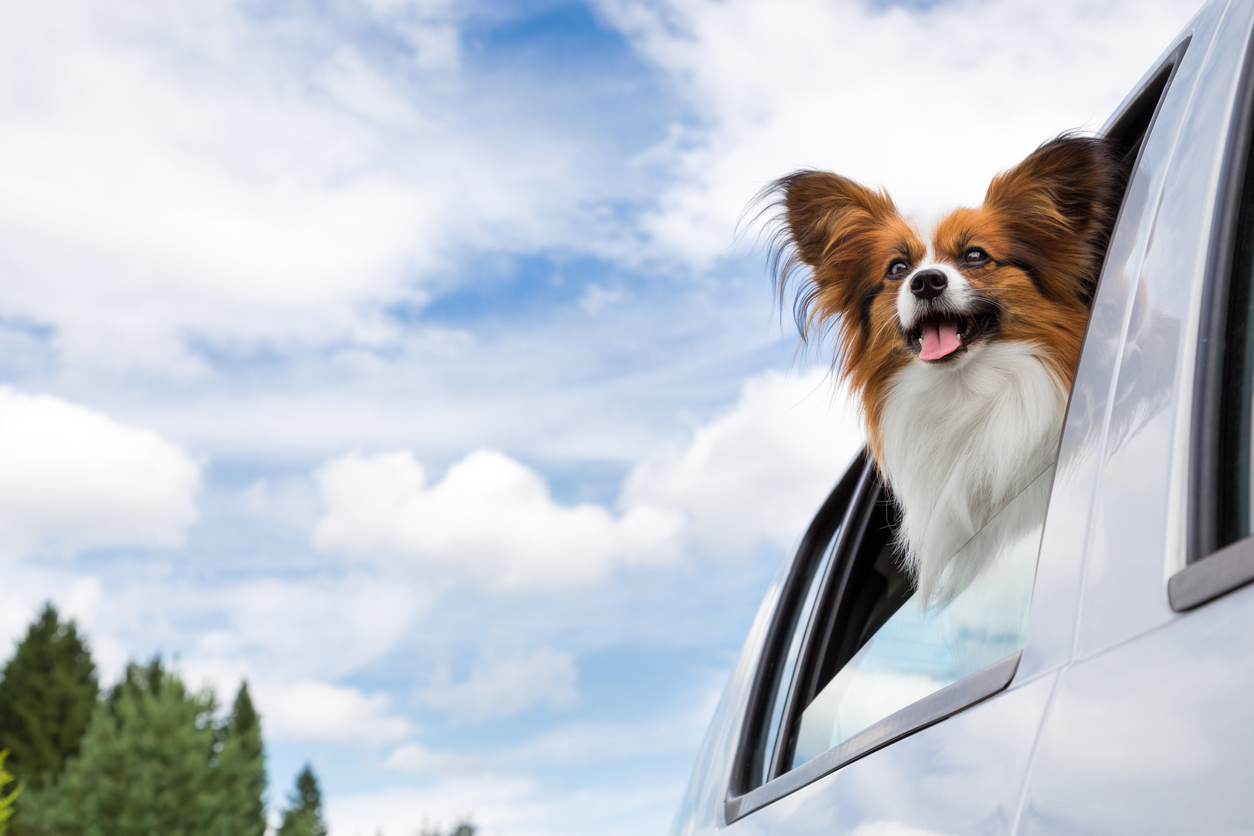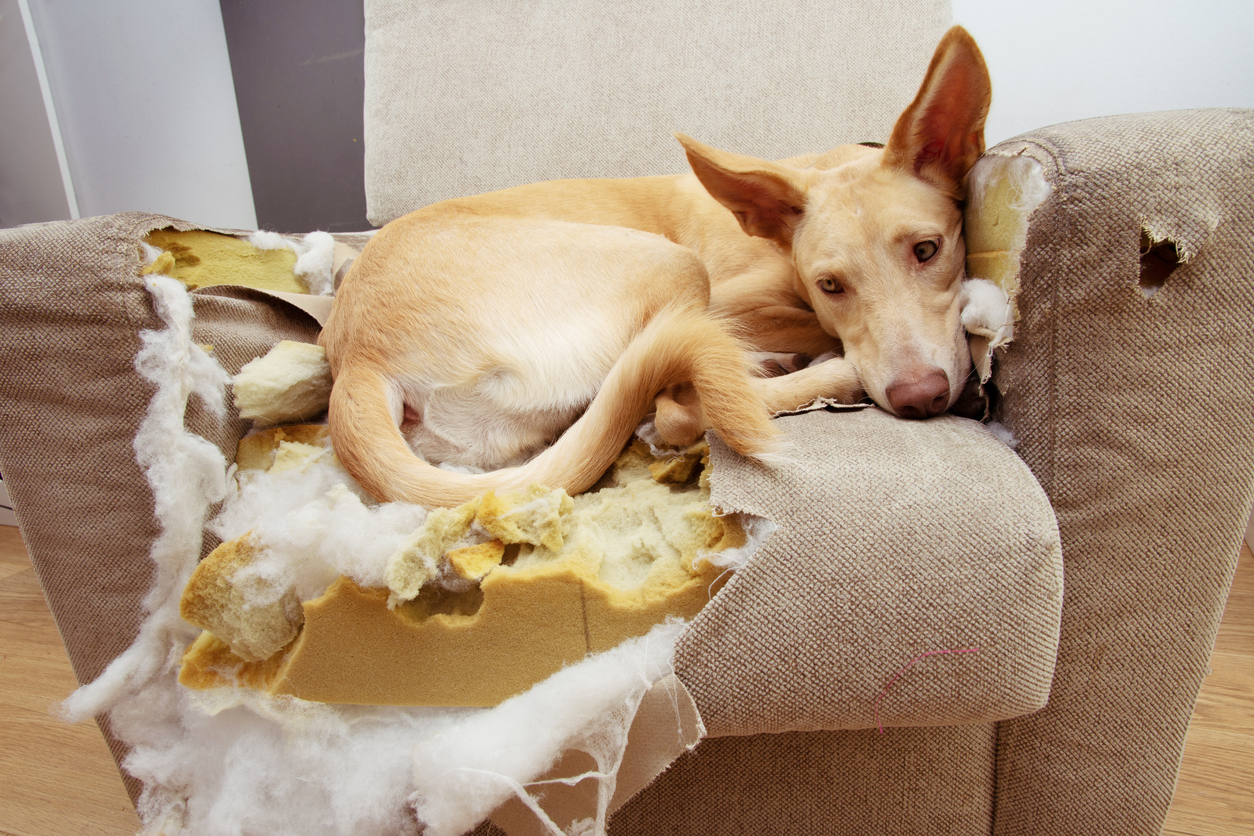For many of us, losing a part of our family is one of the most difficult times to experience. Yet, we don’t always consider how these losses can affect our furry canine friends. Whether we lose a grandmother, sister, uncle, dog, cat, or bird, there is a sense of mourning that is bound to settle on the house — and humans aren’t the only ones who feel it. The loss of a pet is as heartbreaking as the loss of a human in many cases.
Our dogs are highly sensitive and intuitive creatures, who can tell when something is off with their normal routine. Especially when they are able to recognize the absence of a family member. Your dog’s best friend could have been your cat, and when they pass, your dog might not quite understand where their buddy went and why they aren’t able to find them in the house.
So how are you supposed to help your dog when they are struggling with the changes but unsure exactly why? It can be tricky to communicate these changes to a pet, but there are ways that you can comfort your pup so that they can grieve for their friend and learn ways to cope.
Continue reading for more information on the mourning process for dogs and ways you can help comfort them.
Do Dogs Mourn the Loss of an Animal or Person?
While we cannot verbally communicate our emotions with our pets, pet parents often have a good sense of what their dogs are expressing. Based on behavior and mood, we can pick up on how our dog might feel, even if we can’t be 100% certain.
It’s well recognized that dogs do feel happiness, fear, sadness, excitement, and possessiveness, so they can likely experience the feeling of grieving. It ties in with sadness, but there is a bit more to it. Your dog has experienced a loss. Without that presence in their life, the confusion mixes with their sadness and creates even greater pain.
What Are Signs of a Grieving Dog?
When your furry friend has lost a loved one important to them, you might recognize changes in their behavior resembling mourning. If your dog has a sudden mood change and is moping around more frequently and not showing interest in activities they love, they could be depressed.
If they are showing signs of loss of appetite or avoiding play time (which is unusual behavior for them), they could be under the stress of the change in their daily routine. Similarly, they might sleep more and have lower activity levels. Perhaps it seems like they are sulking or moving more slowly than you’re accustomed to.
If these signs are persistent and either a person or pet a part of your family has recently passed, your dog could be reacting directly to that loss.
Why Might a Grieving Pet Be Mourning?
It can be challenging to explain to your dog what has happened to someone they love. For instance, explaining death to a dog is impossible. One day someone is here, and the next, they aren’t. Sometimes the loss isn’t related to death, but other life changes.
For example, dogs who have family members go off to college, experience divorce or breakups between their human parents, or have a neighbor that moves might struggle to know where their person has gone. They will often show signs of grief as you go through your own grief process.
So your dog might not have experienced a death in their close circle, but rather just the act of no longer being with someone they love. This experience is still hard, despite you (as the owner) knowing these people can come to visit.
If the individual visits often (like a college student), your dog may become used to this and be lifted from the grieving process. Then, it’s back to cuddles and playing fetch. Sometimes, this is possible, and your pup keeps feeling blue.
The absence of a person or pet that your dog has grown accustomed to is devastating to an animal, and we need to lend them a supportive paw. Then, you can work on ways to help your dog grieve the loss of something they love.
How Can You Help a Mourning Dog?
Your dog is undergoing something that even they can’t quite explain. All they know is that things have changed, and someone they love is not around all the time. If it’s a person they grew attached to, your dog might be struggling with a sense of purpose. If their routine is disrupted because of the loss of this individual, your dog might benefit from new routines to help distract them.
If your dog has lost one of their siblings or other animal companions, keeping items that the animal liked available to your dog can provide comfort. Dogs grieve the loss of animal companions, which comes as no surprise.
Imagine losing your best friend, the one you share treats with, go on walks with, cuddle with, and play with all day when everyone else is at work. It can be hard to accept that things are now different! It can be difficult for your dog to learn to cope, but you can help make things easier.
Spend Some Quality Time With Them
When your dog is in mourning, they will need more of your time. They will likely be extra lonely and will not want to leave your sign. If they have grown to become more anxious, fearing that you too will leave, they might form some separation anxiety.
If you engage more with your dog in doing activities they love, it might help to distract them from the loss. Going on walks and taking car rides or getting puppy-safe ice cream are good ways for you to spend time with your pet in a positive way. You might even want to make sure that someone is home at any given point in the day so that your dog isn’t alone for the first few weeks might soothe your pup’s stress.
Offer Lots of Extra Attention
Tying into quality time is giving your dog more affection than normal. Petting can be very soothing for both you and your pet, and it can help when your dog is grieving. If your dog likes being petted and kissed, now is a time to bump up your efforts. Carve out more time cuddling with your pet, petting them whenever you walk by or checking in on them every half hour.
Your dog will appreciate the additional love that they desperately need. Interacting with your pet frequently allows your dogs to get a little burst of serotonin. If your dog begins to feel lonely, these additional bouts of affection can boost their morale.
Consider Veterinary Assistance
If your dog has undergone several weeks of grieving, it might be best to consult with a veterinarian about prescribing them medications. Some medications can be prescribed to dogs to help reduce their anxiety and depression. You might not want to do this for a prolonged period, but it can help your dog as they struggle to mourn.
Your vet might want to do a physical exam before prescribing your dog any medication to rule out any other issues.
Introduce Your Dog to New Friends
If your dog is grieving and lonely, it might be nice to introduce them to new or old friends. Having dog playmates that your dog gets along with and feels respected by can bring out a puppy-like charm in your dog.
Not all dogs love to socialize in large groups, but setting up puppy playdates with neighborhood or other family dogs can give your pup a well-deserved energy boost. You can even invite some of your dog’s favorite people over to play with. Any kind of happy distraction is worth it to watch your dog pull themselves out of a funk!
What To Do When Introducing a New Dog to Your Family
While we don’t expect you to do this immediately, it might be worth adding another dog to your family when you are ready. Your pup might be missing their best friend, and not that they could be replaced, but having a new dog around can help your dog heal. If you add a new pet to the equation right away, it could add stress to your already grieving dog.
Once your pet has had time to adjust to the loss of a companion, adding another pet to the family can bring them joy. It helps them focus their energy on new tasks and interactions. No, it doesn’t replace the loss you all feel, but there is a sense of happiness from watching everyone fall in love with a new family member.
Support From People for Your Pets
Grieving dogs can experience many similar symptoms to having other diseases or issues. But, if your dog has just experienced a loss, these symptoms are likely in direct relation to that loss. To be sure, you can reach out to AskVet and let us know what your concerns are.
When you sign-up today, you get 24/7 access to our team of Certified Pet Lifestyle Coaches™ who can guide you through what your pet is experiencing. We can offer support and a plan to help your pet overcome their grief and become their happy, normal self. If you don’t address their grief, things can progress, and your dog can begin to have behavioral changes.
Sign up to access individualized care, a supportive community, and more. And don’t forget to give your pet an extra squeeze tonight from all of us here at AskVet!
Sources:
Study Suggests Pets Grieve | American Veterinary Medical Association
Domestic Dogs (Canis Familiaris) Grieve Over The Loss Of A Conspecific | Scientific Reports





